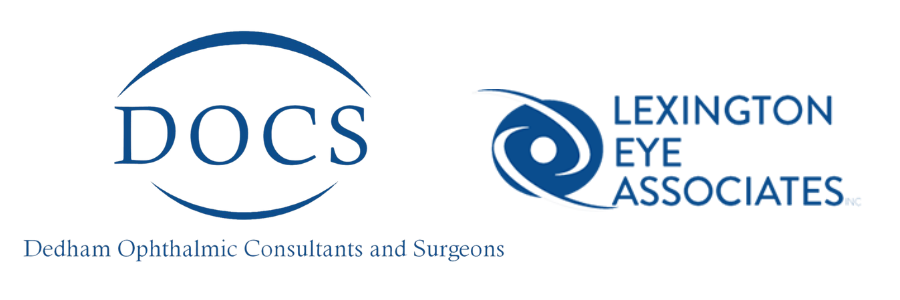Staring at your computer screen, smartphone or other digital devices for long periods won’t cause permanent eye damage, but your eyes may feel dry and tired.
March is Workplace Eye Wellness Month! While consistently being on your computer will not permanently damage your vision, it can make your eyes feel irritated and fatigued. If a day at the office leaves your eyes dry, red and irritated, try these eye ergonomics tips to make them more comfortable.
Here are some Eye Ergonomics Tips
- Sit about 25 inches, or arm’s length, from the computer screen. Position the screen so your eye gaze is slightly downward. Adjust your screen to be at a right angle away from any direct light source.
- Invest in an anti-glare screen for your monitor to make your computer work gentler on your eyes. Reduce glare by using a matte screen filter if needed.
- Take regular breaks using the “20-20-20” rule: every 20 minutes, shift your eyes to look at an object at least 20 feet away, for at least 20 seconds.
- While it may sound ridiculous, write yourself a note and place it on your monitor. Write “Blink Often” to remind you to regularly close your eyes to keep them from getting dried out.
- Use artificial tears to refresh your eyes when they feel dry. Consider using a humidifier.
- If a screen is much brighter than the surrounding light, your eyes have to work harder to see. Adjust your room lighting and try increasing the contrast on your screen to reduce eye strain.
READ FULL ARTICLE HERE
If our ergonomic tips don’t resolve your symptoms of dry eye, it could be MGD.
Meibomian Gland Dysfunction (MGD) is a chronic, progressive disease characterized by terminal duct obstruction and/or changes in the glandular secretion.
If you have been suffering from chronic symptoms of a dry, irritated, and scratchy eyes, offering blurred vision – you may have MGD. Consider requesting a LipiView® evaluation. The LipiView® interferometer is the first device of its kind that enables eye doctors to assess your tear film by capturing images that measure the thickness of the lipid (oil) component. This process is non-invasive and takes about five minutes. CALL 781.251.2222 TODAY to be evaluated for MGD.




